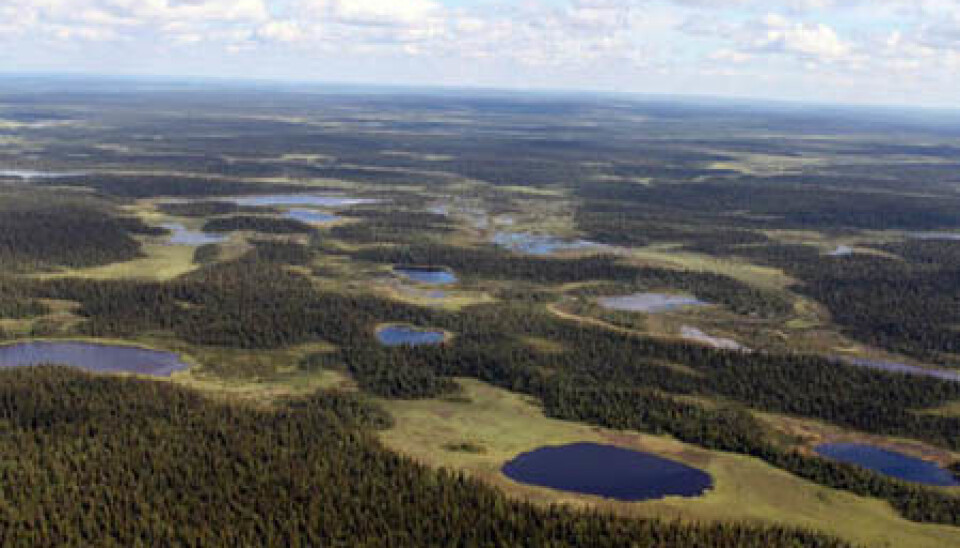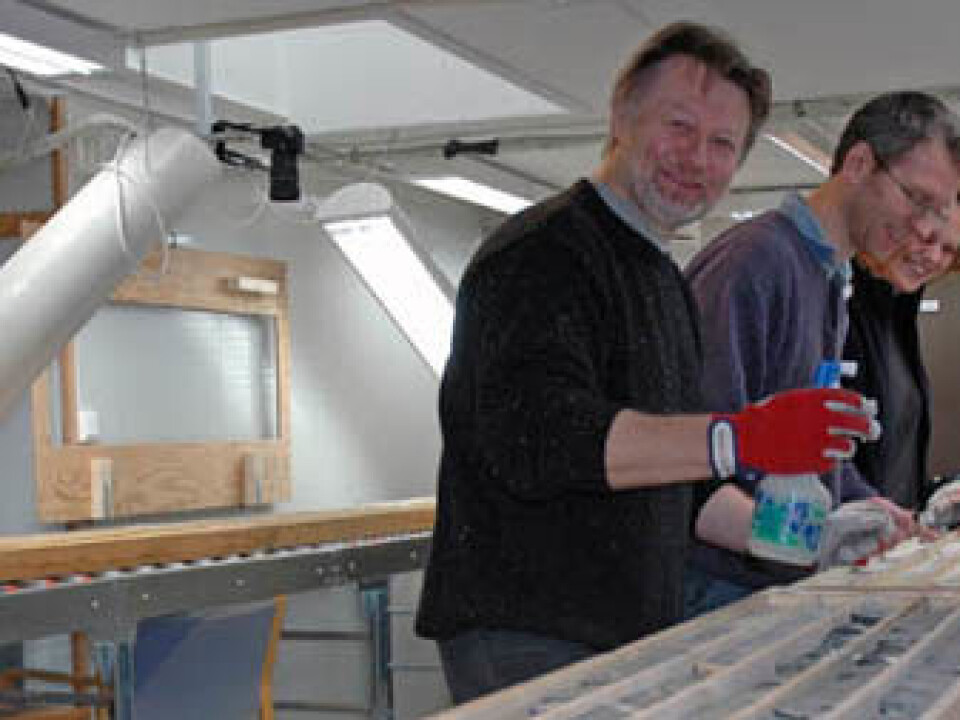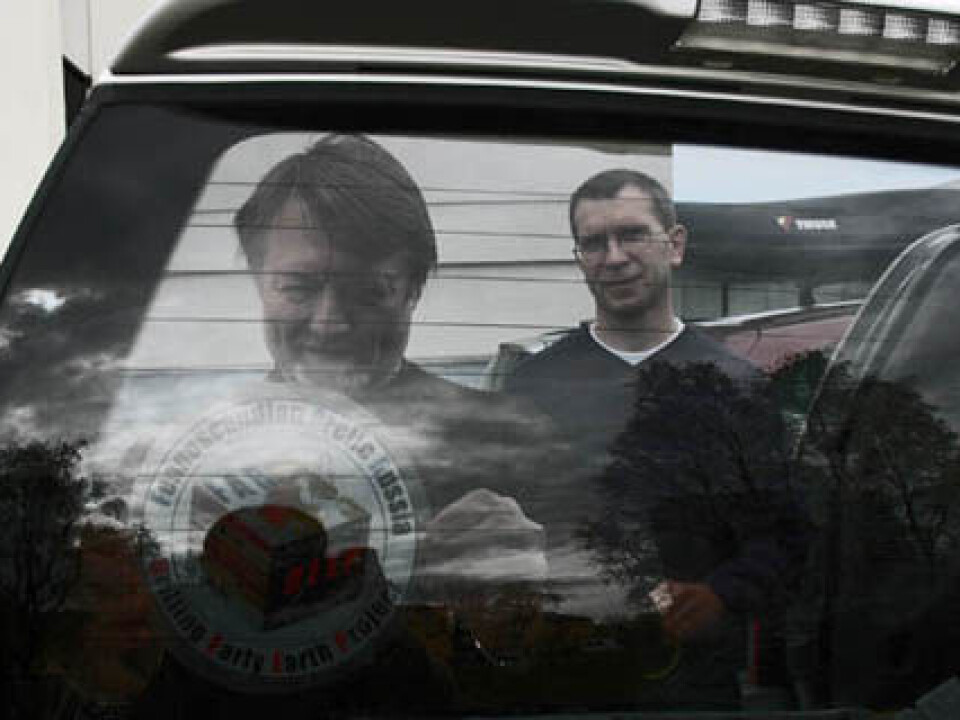An article from NGU - Geological Survey of Norway

The basement solves an oxygen puzzle
The Earth’s atmosphere did not become rich in oxygen in a single event, but through a series of episodes spread over hundreds of millions of years.
Denne artikkelen er over ti år gammel og kan inneholde utdatert informasjon.
This is the opinion of geoscientists who have studied rock cores from the basement in northwestern Russia.
The fieldwork took place over five months on the Kola Peninsula and in Karelia in 2007. Cores were drilled into basement rocks spanning an unbelievably long period from 2440 million to 2000 million years.
In the NGU laboratory, the scientists investigated and described 3.6 kilometres of core samples. All the information from the rock cores was fed into a database on the Internet. Scientists from 15 nations have so far performed a variety of studies of this material. The samples are available and are very interesting for understanding this eventful period in the Precambrian.
The international research group published their results in Science in December. Among the authors are Norwegian NGU geoscientists Victor Melezhik, Aivo Lepland and Alenka Črne. The work is part of an international project, the Fennoscandia Arctic Russia - Drilling Early Earth Project (FAR DEEP).

A long time spreading
"We’ve always thought that oxygen came into the atmosphere really quickly during an event,” the lead author of the paper in Science, Lee Kump from Penn State University, said in a press report. “We are no longer looking for an event. Now we’re looking for when and why oxygen became a stable part of the Earth’s atmosphere.”
“This timing depends on which threshold you’re looking for. The gradual spread of oxygen in the atmosphere took hundreds of millions of years,” adds the NGU researchers.
Results of carbon isotope studies of FAR DEEP cores were compared with equally old samples from Gabon to find out whether oxygen appeared simultaneously elsewhere in the world. The samples from northwestern Russia and Gabon show comparable changes in carbon isotopes through time, and the changes occurred gradually and globally.

In organic material
About 2500 million years ago, oxygen levels finally crossed the threshold at which the mineral pyrite could be oxidized. A couple of hundred million years later, red sedimentary rocks containing iron oxides were deposited around the world under a gradually increasing amount of free oxygen. The sparse amounts of oxygen were produced by photosynthesis of single-celled organisms.
By 2000 million years ago, the oxygen in the atmosphere had reached one percent of the present-day level, enough for it to seep into the groundwater and oxidize buried organic material.
The scientists have thus been able to shed light on the entire, never-ending carbon cycle involving water, air and soil during the Precambrian.
“Insights into Earth’s carbon cycle offer tantalizing clues to the history of atmospheric oxygen levels, and Kump and others have revealed unrecognized details of the timing and mechanism of the Great Oxidation Event,” said Enriqueta Barrera, program director in the American National Science Foundation’s Division of Earth Sciences.
-------------------------------------------------------------------
Read the article in Norwegian at forskning.no






























